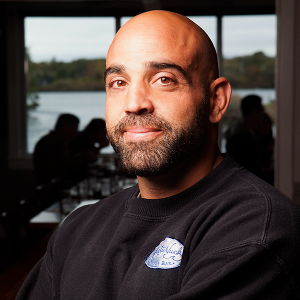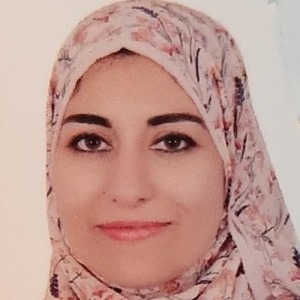Finfish and Shellfish Farming
Tilapia, hybrid striped bass, barramundi (“Australian sea bass”), yellow perch, sturgeon, and eel are examples of fish species well suited to closed recirculating systems. Marine fin fish culture is one of the world's fastest expanding aquaculture sub-sectors. Due to its high nutritional profile and strong demand in the seafood basket in both the domestic and international fish markets, fin fish has grown in popularity. The aim is to double the income of coastal fishermen and fish farmers.
Aquatic invertebrates such as oysters, clams, and mussels are farmed (i.e., cultivated and harvested) in shellfish aquaculture. Cultivation entails being involved in the raising process in order to improve productivity, such as frequent stocking and predator protection. By filtering contaminants, sediments, and nutrients from the water column, shellfish aquaculture operations actually improve water quality.
- Tropical Marine Finfish
- Marine Finfish Aquaculture
- Ornamental Species
- Shellfish Immunology
- Shellfish Farming Techniques

Perry Raso
Matunuck Oyster Farm, United States
Joni Lee Giovanna Hesley
Education Emerita, CropKing Inc., United States
Virendra Kumar Goswami
Indian Institute of Technology, India
Amit Das
Memorial University of Newfoundland, Canada
Mandeep Kaur
Panjab University, India
Pavarot Noranarttragoon
Department of Fisheries, Thailand



Title : Application of Artificial Intelligence and NISAR satellite to study the air sea CO2 exchange and aquatic toxicology to develop ‘Aquatic Pollution Remediation Technologies’(PART)
Virendra Kumar Goswami, Indian Institute of Technology, India
Title : Conditionally pathogenic microparasites (Microsporidia and Myxosporea) of mullet fish potential objects of mariculture in the Black and Azov Seas
Violetta M Yurakhno, A. O. Kovalevsky Institute of Biology of the Southern Seas of Russian Academy of Sciences, Russian Federation
Title : Integrating art, science and rural development: The multifaced role of aquarium keeping
T V Anna Mercy, Kerala University of Fisheries and Ocean Studies, India
Title : Seaweed aquaculture policy gap analyses in Indonesia, Kenya, and Tanzania
Megan Considine, The Nature Conservancy, Puerto Rico
Title : Utilizing art to enhance learning STEM subjects required for aquaculture
Joni Lee Giovanna Hesley, Education Emerita, CropKing Inc., United States
Title : Exploring the aquaculture potential of marine sponges (Phylum Porifera) in Kerala, India: A focus on growth dynamics and optimization of farming protocols
Anita M George, University of Kerala, India